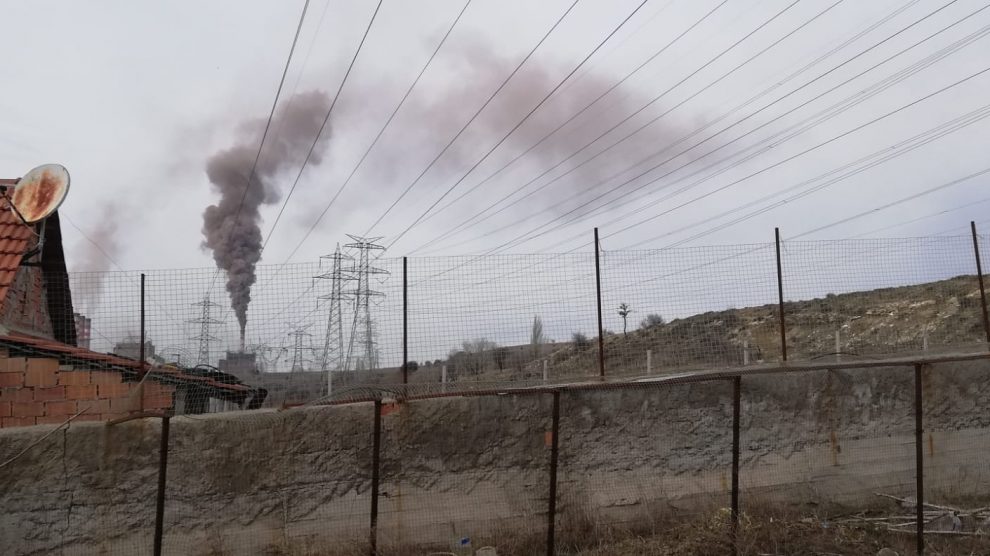China’s New 5-Year Action Plan Does Not Bring Hope

China’s first roadmap to achieve net zero emissions by 2060, the world’s largest pollutant, may be too slow to stop global warming.
China State Council party secretary Li Keqiang announced at the Great Hall of the National Party Congress in Beijing that the country will act strongly on climate change. The country’s 14th five-year plan is full of ways to increase the use of renewable energy by 2025.
But when it comes to greenhouse gas emissions, the key measure that will determine whether the world will rein in a global temperature rise, Friday’s announcement was disappointing. Beijing has not set a hard target for emissions and has not advanced the date it expects to peak by 2030. The only carbon target announced was to reduce emissions per GDP by 18% in five years, the same as in 2016.
Li Shuo, senior global policy adviser at Beijing Greenpeace, said, “To tackle the climate crisis, China needs to bring emissions growth to a much lower level. “It is not only possible but necessary to peak emissions before 2025,” he said.
The new five-year plan is the latest sign of China’s “two-speed” approach to combating climate change. In the near term, it also hopes the country will accelerate its efforts to reach the 2060 target by spending on research into technologies such as hydrogen and battery storage, while offering progressive improvements such as reducing the intensity of emissions.
Among the announced energy and climate targets:
- Until 2025, to increase the energy obtained from non-fossil fuel sources from 15.9% in 2020 to 20%,
- To reduce energy use and carbon emissions per unit of GDP by 13.5% and 18%, respectively,
- It includes increasing the nuclear power capacity from approximately 50 GW to 70 GW at the end of last year.
More targets may come this year, as the government is expected to publish a separate five-year plan for the energy sector. Premier Li also promised a work plan this year to show how China aims to achieve the highest emissions by 2030.
Daiwa Capital Markets analyst Dennis Ip said in his research note that the plan is “to repeat the government’s supportive stance towards the clean energy transition without the meaningful new targets being publicly announced.”
The lack of a numerical GDP target could be a sign that the government is willing to stop relying on energy-intensive industries to meet certain targets, BloombergNEF analyst Jonathan Luan said in a statement Friday. The plan offers broad-based support for wind and solar power and promises further improvements for hydrogen and energy storage; however, it does not commit to a reduction in the use of fossil fuels.
Fossil fuels
China extracts and burns half of coal, the world’s most polluting energy source. Li said China will continue to promote the clean and efficient use of fuel over the next five years. Previously, the industry’s leading industry group had said that consumption would be slightly higher in 2025 than in 2020.
While China’s economic growth has been rapid in the last 40 years, it has become the largest greenhouse gas producer and has emitted more carbon dioxide from the US and Europe, which started the industrial revolutions more than a century ago.
However, the world needs to reduce emissions as quickly as possible, and China is currently responsible for 30% of global production. According to research firm Rhodium Group, China was the only major economy to increase last year after the epidemic slowed economic growth elsewhere.
Climate scientists worry that China’s modest goals will not slow the rise in emissions fast enough. If China takes a linear path to its target of 25% clean energy by 2030 set by Xi in December, it will need to reach 20.7% by 2025.
Climate Risks
Alex Whitworth, head of Asia-Pacific energy and renewable energy research at Wood Mackenzie, said the new five-year plan gives China a realistic chance to meet both Xi’s highest emissions targets by 2030 and carbon neutrality by 2060.
However, the “two-speed” approach also entails risks. If the technology doesn’t improve as expected, China will make this even more difficult for future generations.
Meanwhile, China continues to release gases and particles that trap heat into the atmosphere, offering the world a poor chance of meeting the Paris Agreement’s goal of keeping global temperature rise below 1.5 degrees.


 Yedek Parçalar
Yedek Parçalar